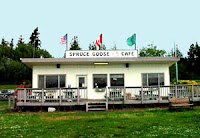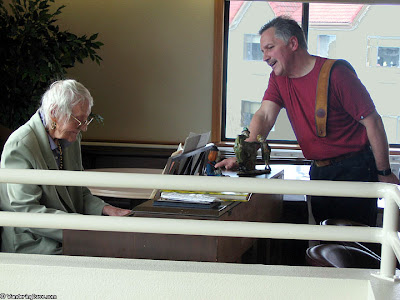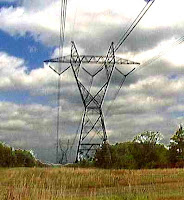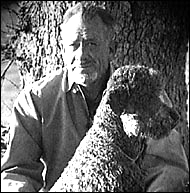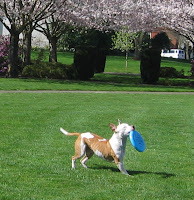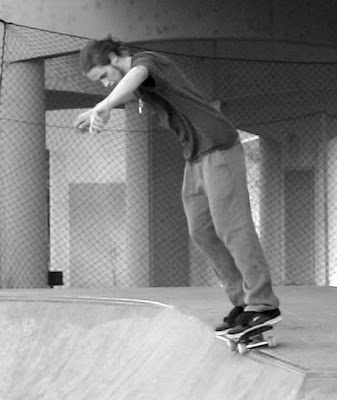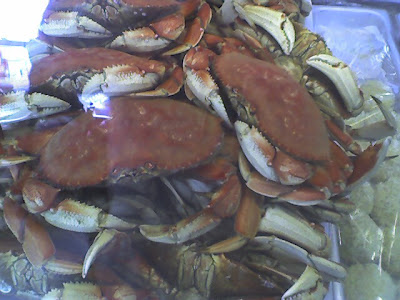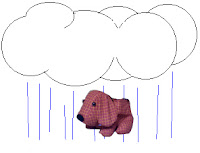You can hear that lonesome whistle blow

≈
For some reason, humans love the idea of travel. The Germans named it wanderlust.
Perhaps it fits with the philosophy that life is a journey. There can be no journey without travel.
Thousands of stories, poems and songs have been devoted to the topic. Many focus on loneliness and a desire to return home, but others are a celebration of simply being in motion
Though trains proved important in all parts of the world, the American experience was more intense than others.
Trains allowed western expansion to move ahead much more rapidly. Able to transport anything necessary to make life comfortable tamed the frontier and brought all of the comforts of civilization to the wilderness.
My grandfather was a railroad man. He served as a dispatcher in Columbus, Ohio during the first half of the 20th century.
Railroads ruled in those days. The nation was completely criss-crossed by tracks. Millions of tons of cargo, plus millions of passengers, moved freely between the states from coast to coast.
As the wife of a railroad man, my grandmother was allowed free passage on trains. She was permitted to bring children under five along for free, so my two sisters and I each had a trip just before our fifth birthdays.
I was rather frightened of my grandmother, and don’t remember much about my trip – if it scarred me for life, the wounds are all beneath the surface and relegated to my subconscious.
I do recall my younger sister’s arrival back at the station after her turn. She was in braids – and in tears. Apparently, grandma spent most of the trip weaving those tight braids, ruining any chance for my sister to enjoy the ride.
All of our family trips were by car, so the only train rides I had for the succeeding 20 years or so were at Disneyland.
I finally had the opportunity to go cross-country by rail in about 1979. I rode the Southwest Chief from Albuquerque to Chicago.
I was impressed by the large seats and had no trouble sleeping in the reclined position. I grew used to the rhythms of motion and sound and walked from one end of the train to the other many times.
I made some acquaintances, usually in the observation car. We talked about travel, mostly, and often just sat and looked out at the passing landscape. It was less intimate than air travel where one can be seated, shoulder-to-shoulder, with strangers throughout the trip.
I enjoyed watching the Great Plains drift by, but was disappointed that there was nothing to see during the dark of night. The periodic stops held little appeal and I lost interest in the routine of passengers getting off and on.
My greatest disappointment was discovering that the tracks are usually located in rather dingy and nondescript parts of towns and cities.
There was no way, other than by disembarking, to get a look at the beauty, culture or history of a city – each looked about the same as the others from a seat in the train.
I felt somewhat voyeuristic, looking into the back yards of people who lived by the tracks. I wondered how well they could adjust to the passing of trains several times each day.
I live a mile or so from railroad crossings today and enjoy the distant sound of horns signaling trains’ approach. But I don’t believe I’d find it so romantic if the engine were only a few hundred feet from my house.
In the end, my trip became rather boring. I started to resent the fairly frequent stops and increasingly looked forward to my arrival. It was a one-way trip and I was glad I didn’t have to take the train back.
Though trains remain an important part of commerce and are still the choice for thousands of travelers, I can’t help but feel a bit sad about their diminished status.
Once considered a miracle for their speed and comfort, trains are now viewed as slow and inconvenient.
Even in our valley, where many destinations lie along the Santa Fe, most of us give no thought to the notion of traveling by rail.
And, of course, on my year-long trip, I'm among millions of others who travel the highways of North America in private vehicles. It would be possible to use trains, busses and taxis; but i gave no serious thought to doing so. I cherish the freedom provided by having ones own wheels.
I’ll blame it on my grandmother. Maybe I do have an aversion to rail travel because of that first train ride, when I was four.
